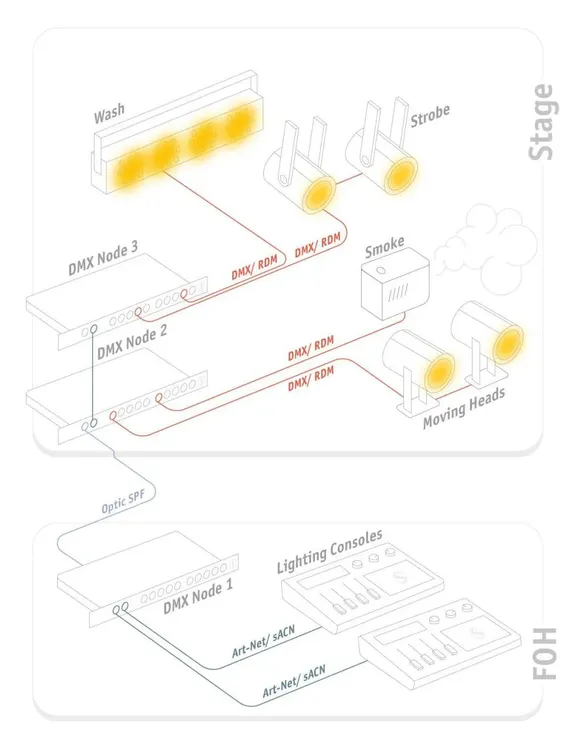Building a Stage Lighting Plot: Step-by-Step Guide for Beginners
In this guide, we explore the craft of building a stage lighting plot, shaped by years of practical experience in theater and concert lighting. Think of it as composing a visual score that breathes life into performance—much like a conductor brings harmony to an orchestra.
Beginners often struggle with fundamentals: where to start with fixture placement, how to balance visibility with emotional impact, and why angles matter more than brightness. This article breaks these principles down step by step, showing that a lighting plot is not just a technical diagram but a blueprint for shaping audience perception through the interaction of optics, psychology, and stage machinery.
We’ll cover the entire process—from concept formation to cue execution—emphasizing how light works as a dynamic partner to actors, scenery, and sound. By the end, you’ll understand how to avoid common mistakes like overlighting, which flattens drama, or ignoring visual adaptation, which tires the audience. Whether you’re working in a small theater or a large arena, this guide focuses on practical tools: fixture selection, color management, and maintaining alignment with the director’s vision. The goal is not spectacle for spectacle’s sake but light that expresses the story’s emotional essence—making the invisible visible and the ordinary profound.

